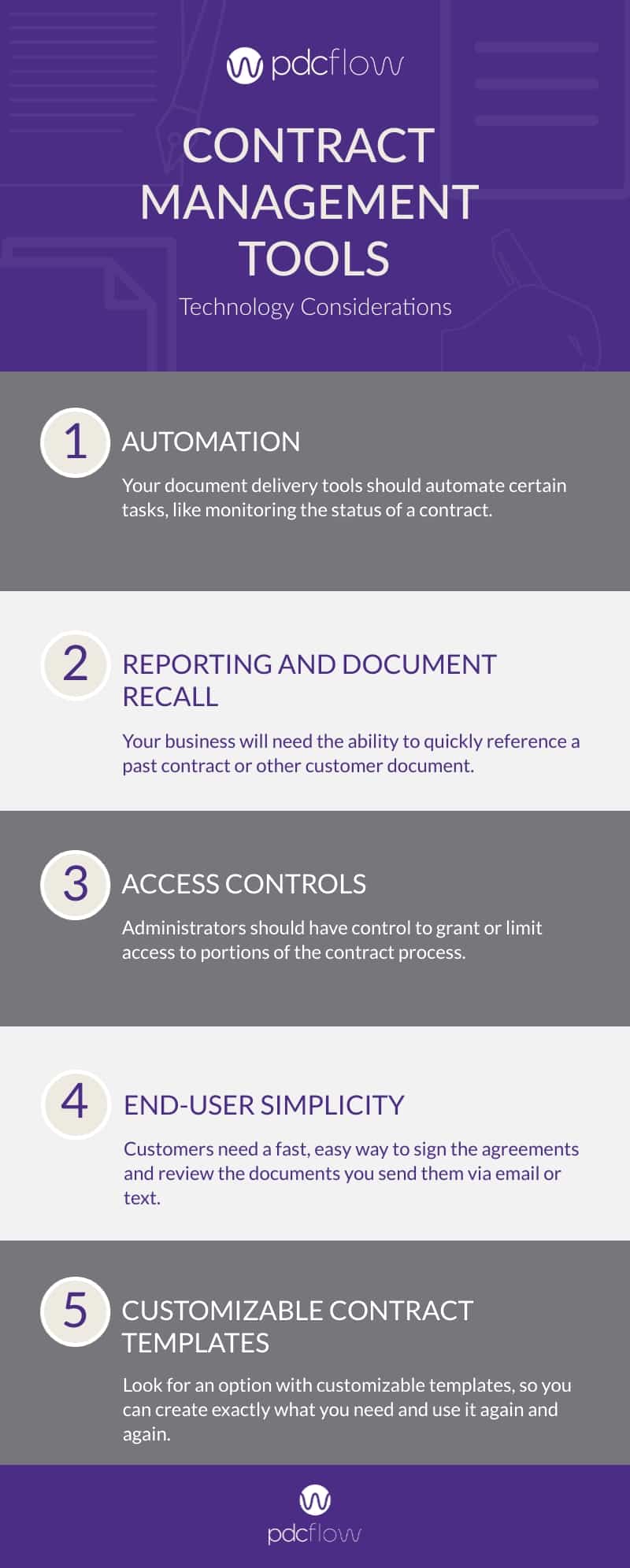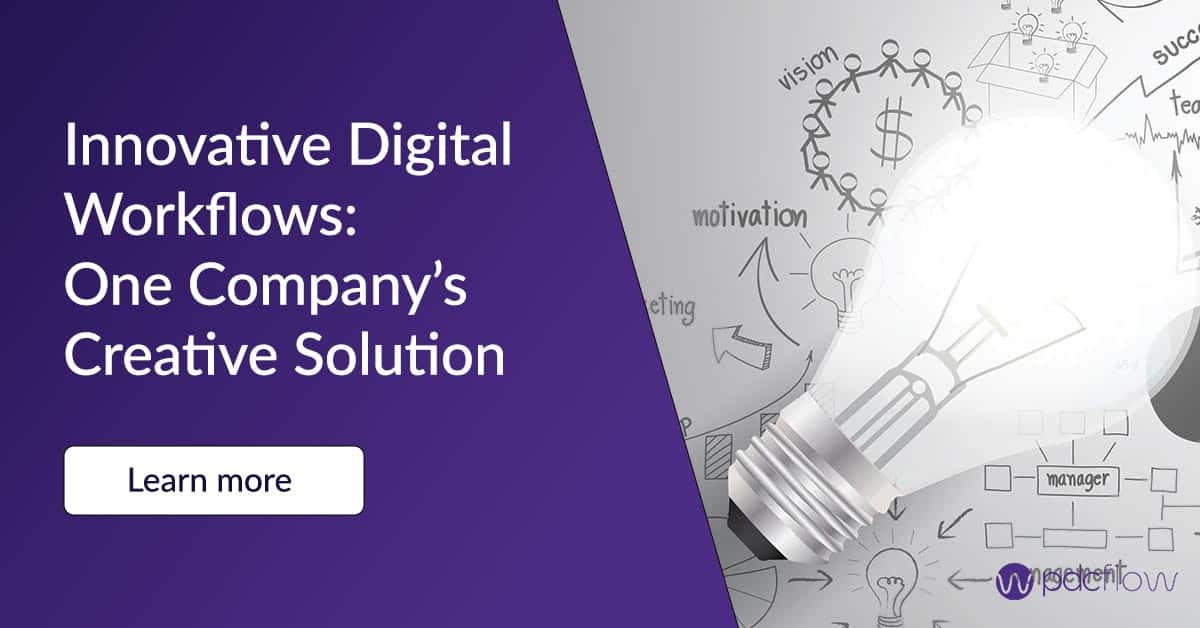What is contract management?
Contract management is the process of managing contract creation, negotiation, execution, and analysis to maximize operational and financial performance at an organization.
However, that process will look drastically different for a large corporation with the luxury of a contract management team versus a small business managing contracts with just a few employees.
What does contract management look like within your own company?
Most small to midsize organizations don’t need (or can’t afford) to hire a dedicated contract management team. Instead, these tasks are often integrated into other roles.
With fewer people to do the work, efficient contract management tools and processes are crucial to daily operations.
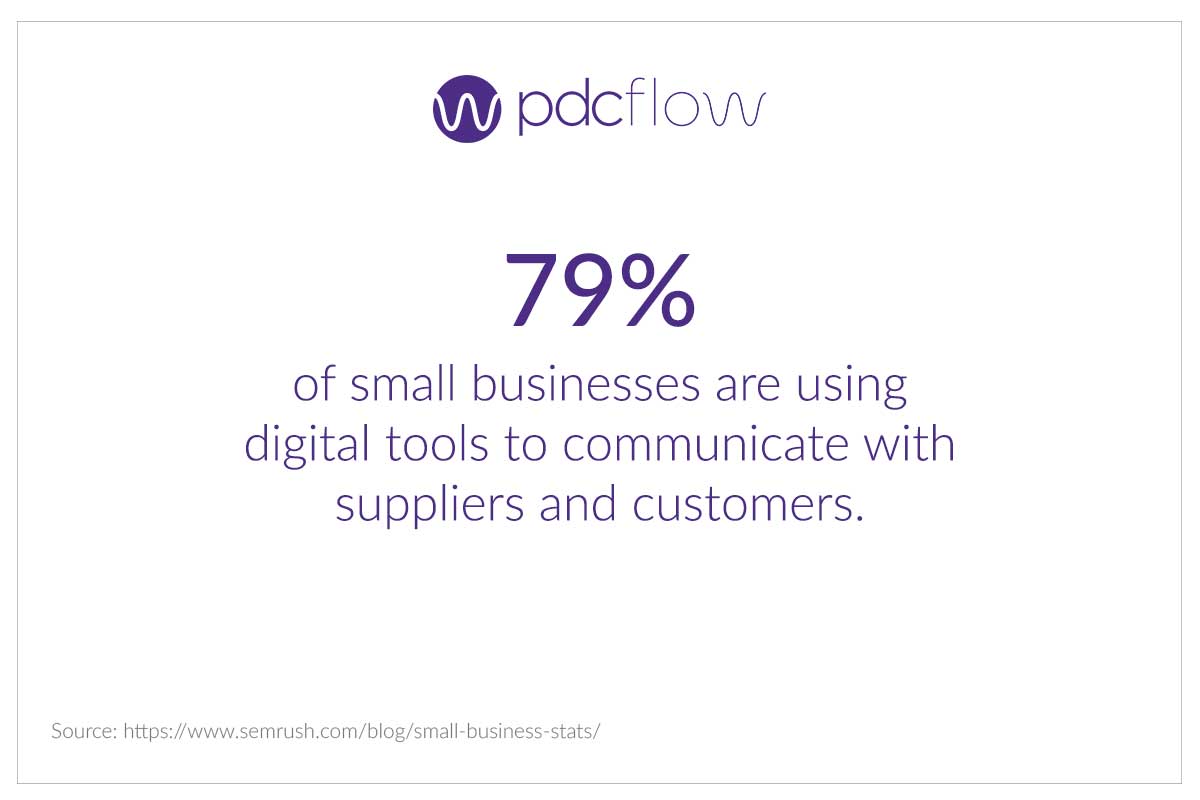
Contract Management Strategy for Small Teams
A team must work together to keep processes running smoothly. It’s important to have a centralized system to track which documents have been sent, opened, returned, or failed.
This level of communication can be hard to coordinate. Especially for small teams with a wide range of job responsibilities. What elements should your contract management plan take into account?
Contract Management Process
Whether you are creating a new contract management plan or updating an existing one, many of the elements to consider are the same. Whatever stage you’re in, it’s important to be intentional.
The goal is to streamline and automate how you send documents to your customers, for both them and your staff.
WORK ON LOGISTICS
Before rearranging tasks or announcing changes, settle all the financial and operational logistics you can. Consider:
- What is currently working that should stay the same?
- What parts of the workflow need to be changed?
- Who needs access to send contracts? Should certain departments be restricted from accessing customer information for security purposes?
- Do additional team members need to be notified of actions taken on a contract?
- Do you have a budget to facilitate changes?
- Will policy and procedure documents need to be created or edited?
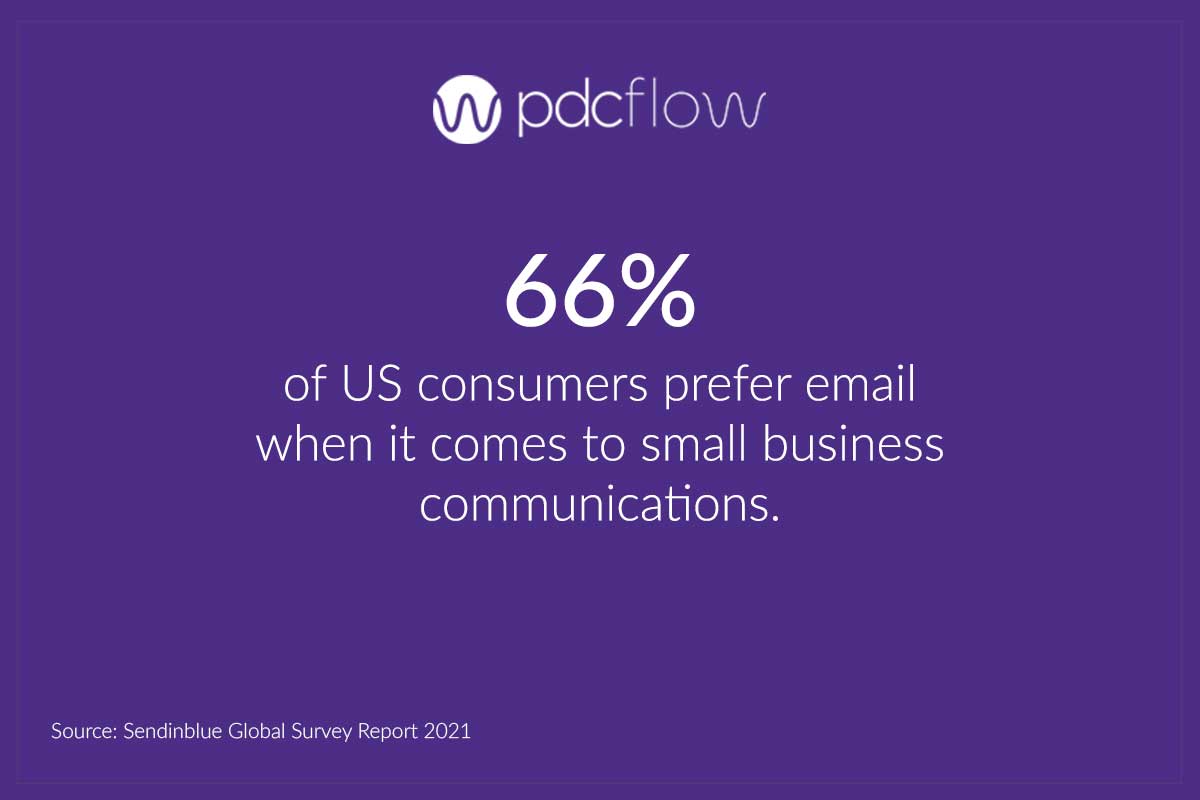
CONSIDER CUSTOMER PREFERENCE
Don’t overlook the importance of consumer preference. When you send customers contracts or other documents to sign, the process should cater to how customers wish to interact.
Most customers now prefer to interact digitally. Using digital contract management tools such as esignature services can significantly reduce turnaround times and meet customer expectations more effectively.
Transition from traditional methods like postal mail or fax to digital solutions like emails and SMS for contract agreements.
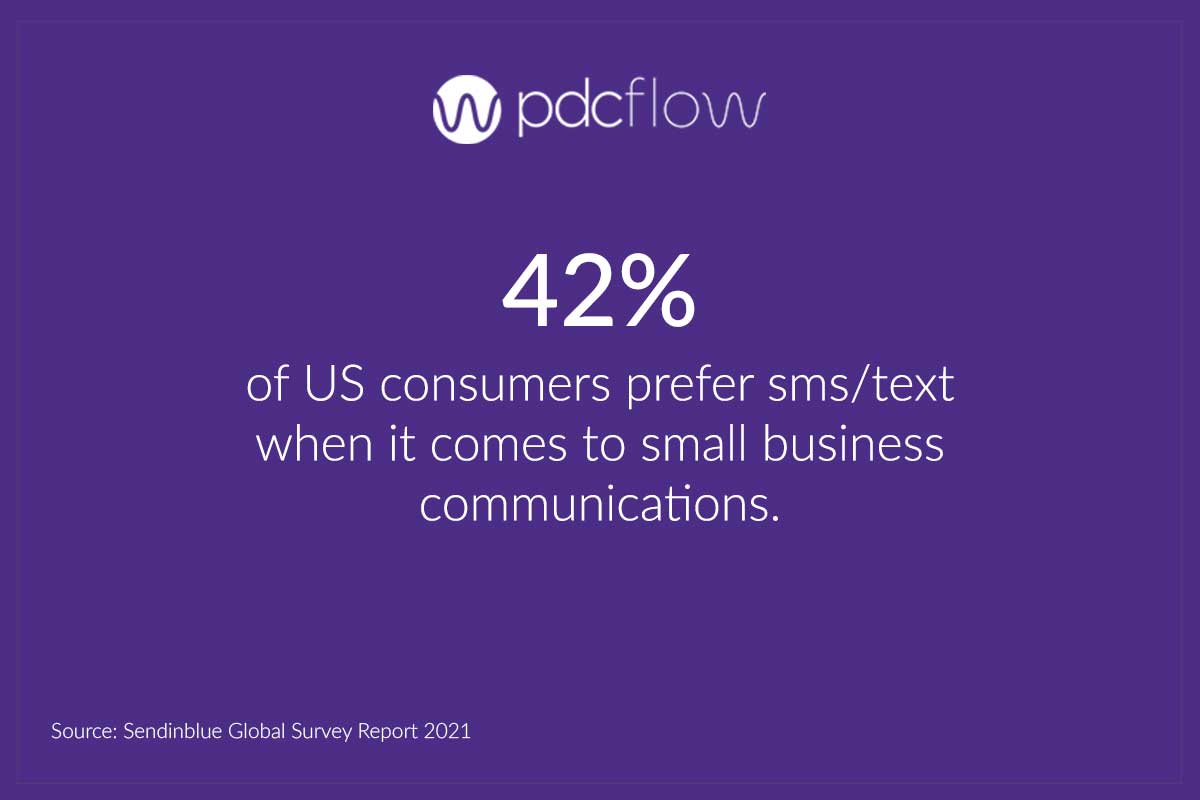
Contract Management Tools
Review your existing technology stack to see how it supports your contract management activities. If your current contract management software lacks certain functionalities, consider alternatives that offer automation, document recall, and customizable contract templates.
These features are integral to efficient contract management functions and help facilitate the overall contract management process.
CONTRACT MANAGEMENT FUNCTIONS: AUTOMATION
Automation is becoming more prominent as a software function. After all, the less work you need to do manually, the better. Your document delivery tools should automate certain tasks, like monitoring the stage of a contract.
Instead of calling consumers to follow up about an unsigned agreement, the right tools can send staff notifications during each stage of the digital signature process. You can see when a message was opened or when a workflow was initiated or completed. Such types of automation save staff time and effort.
CONTRACT MANAGEMENT FUNCTIONS: REPORTING AND DOCUMENT RECALL
CONTRACT MANAGEMENT FUNCTIONS: ACCESS CONTROLS
Team members need access to workflows and reports necessary to do their jobs. However, not every employee should be able to see everything within your systems. Administrators should have control to grant or limit access to portions of the contract process.
Administration controls can help you manage staff access based on their group, location, or department designation. This eliminates the possibility of user error and improper use of customer data, keeping customers and your business secure.
CONTRACT MANAGEMENT FUNCTIONS: END-USER SIMPLICITY
CONTRACT MANAGEMENT FUNCTIONS: CUSTOMIZABLE CONTRACT TEMPLATES
Contract Management Processes
Once you’ve chosen tools and created a process, now it’s time to train the team. Remember, the goal of training is to ensure learners can retain necessary information and apply it to their everyday tasks. Your training program should always meet these goals.
- Identify Ownership Points - During training, clearly state the teams or people responsible along the contract management process flow. Create a policy document employees can reference later to understand and fulfill expectations.
- Automated Contract Workflow Expectations - Staff need to be able to identify when there are problems with a contract or customer. Tell them how and why to use any contract automation solutions you implement.
- Prepare for the Impacts of Implementation - When buying, keep in mind what impact implementation will have on your staff. Be prepared to set aside time for these mandatory trainings and plan time for yourself or management to become familiar with any administrative settings necessary.
Be Open to Change
Embrace changes and be open to feedback from both staff and customers to refine your contract management strategy. Remember, effective contract management involves continuous improvement based on performance metrics and outcomes.
It’s difficult to make big changes in an office. Remember that an essential part of any change is monitoring outcomes and tweaking things when necessary.
For more insights on business efficiency and using digital strategies and tools to improve operations, subscribe to our weekly or monthly newsletter.


